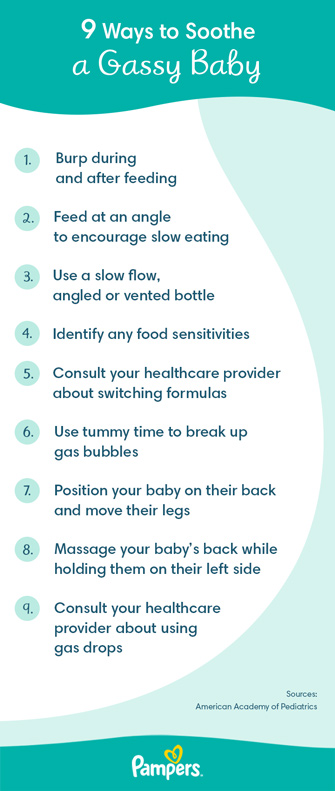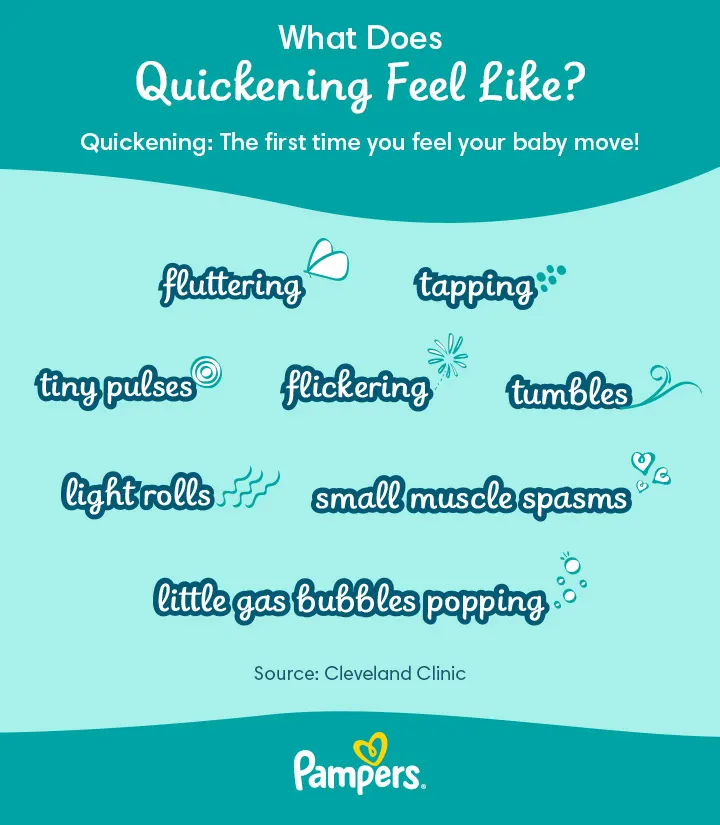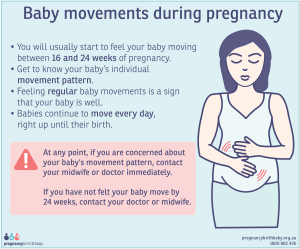Difference between gas bubbles and baby moving, gas bubbles in the stomach feel like a gurgling sensation, while baby movements during pregnancy feel like gentle flutters or kicks. Gas bubbles are caused by the movement of air in the digestive system, while baby movements are caused by the fetus’s movement inside the womb.
Feeling gas bubbles and baby movements are common experiences during pregnancy. As a mother-to-be, it’s important to recognize the differences between the two sensations. Gas bubbles in the stomach are often accompanied by digestive discomfort and can be relieved by passing gas or belching.
On the other hand, baby movements are a sign of the growing fetus’s health and development. Understanding these differences can help expectant mothers effectively manage their discomfort and monitor their baby’s well-being. Let’s delve deeper into the disparities between gas bubbles and baby movements to aid in distinguishing these sensations accurately.
Gas Bubbles, gas bubbles and baby moving
Gas bubbles in the stomach can often be mistaken for the sensation of baby movements, leading to confusion for expectant mothers. Understanding the difference between gas bubbles and baby movements can help alleviate any concerns or uncertainties during pregnancy. In this section, we will delve into the characteristics, causes, symptoms, and relief methods for gas bubbles.
Causes Of Gas Bubbles
Gas bubbles in the stomach can be caused by various factors, including swallowing air while eating, drinking carbonated beverages, eating too quickly, or consuming gassy foods. Additionally, digestive processes may also contribute to the formation of gas bubbles, leading to discomfort and bloating.
Symptoms Of Gas Bubbles
The symptoms of gas bubbles often include a sensation of fullness or bloating, uncomfortable abdominal pressure, and occasional sharp pains. These symptoms may be accompanied by excessive burping or flatulence, contributing to the discomfort and unease experienced by individuals.
How To Relieve Gas Bubbles
Relieving gas bubbles can be achieved through simple dietary and lifestyle modifications. Consuming peppermint tea, applying heat to the abdomen, engaging in gentle exercise, and avoiding gassy foods are effective ways to alleviate gas bubbles and promote digestive comfort.
Baby Moving, Reasons for baby movement
Babies move inside the womb for various reasons.
- Stretching and flexing
- Responding to stimuli
- Strengthening muscles
These movements are vital for the baby’s development.
Types Of Baby Movements
Different types of baby movements are:
- Kicks and punches
- Rolling and flipping
- Hiccups and jerks
When To Expect Baby Movements
Moms typically feel the baby moving between 18-25 weeks of pregnancy.
As the pregnancy progresses, the movements become more distinct.
Signs Of Healthy Baby Movements
Healthy baby movements are characterized by:
- Regular pattern
- Consistent intensity
- Frequent movements
If there is any concern about baby movements, consult your healthcare provider.
Comparison
When feeling movements in the belly during pregnancy, it’s natural to wonder whether the sensation is caused by gas bubbles or the baby moving. Understanding the differences between the two can provide peace of mind for expectant mothers. Let’s compare the key factors of location, sensation, frequency, and timing between gas bubbles and baby movements.
Location
Gas bubbles typically cause sensations in the lower abdomen, while baby movements are usually felt higher up, closer to the belly button.
Sensation
Gas bubbles often feel like fluttering, gurgling, or rumbling sensations, whereas the baby’s movements can be described as gentle taps, rolls, or kicks.
Frequency
Gas bubbles may occur more frequently throughout the day, especially after eating, whereas baby movements tend to have distinct periods of activity and rest.
Timing
Gas bubbles are not influenced by the baby’s sleep patterns, while a baby’s movements can be more pronounced during certain times of the day, such as after meals or before bedtime.

Misinterpretations
Gas bubbles in the stomach can sometimes feel similar to early baby movements during pregnancy.
Therefore, it is easy to misinterpret these gas bubbles as baby movements for first-time mothers.
- Gas bubbles are typically caused by digestion and can occur at any time.
- Baby movements, on the other hand, tend to have a more distinct pattern and rhythm.
Mistakenly assuming gas bubbles as baby movements can lead to feelings of disappointment or confusion.
It is important to differentiate between the two sensations to accurately monitor the baby’s well-being.
- Gas bubbles are fleeting and often associated with gurgling sounds.
- Baby movements are deliberate, varied, and may involve distinct kicks and flutters.
Tips For Identifying
Distinguishing between gas bubbles and baby movements can be tricky for expecting mothers. Pay attention to the sensation; gas feels like bubbles, while baby movements are distinct and rhythmic. Notice the location of the movement – low and central suggests gas, while higher and more to the sides often indicates the baby’s activity.
Keeping Track Of Movements
During pregnancy, it is crucial to keep track of your baby’s movements. This helps you ensure the well-being of your little one and provides reassurance for the expectant mother. Keeping a record of fetal movements can help identify if those tiny flutters are gas bubbles or your baby moving. Here are a few tips to help you accurately track and identify your baby’s movements:
1. Maintain a Pregnancy Movement Journal: Keep a journal or use a smartphone app to record the times when you feel your baby moving. Note down the duration, location, and intensity of the movements. This will help you establish a pattern and identify any irregularities.
2. Create a Kick Counting Routine: Choose a specific time of day when your baby is most active, usually after meals or when you are at rest. Sit or lie down in a quiet place and count your baby’s kicks, jabs, or rolls for a set period. Aim for at least 10 movements within an hour. If you notice consistent changes in your baby’s movement patterns, reach out to your healthcare provider for further guidance.
3. Pay Attention to Different Types of Movements: Babies have their unique ways of moving, and becoming familiar with these patterns can help distinguish them from gas bubbles. While gas bubbles may feel like flutters or bubbles popping, baby movements are often described as nudges, pokes, or gentle rolling sensations. Pay close attention to the location and intensity of these movements to accurately identify them.
Noticing Pattern And Regularity
Establishing a pattern and regularity in your baby’s movements is vital in understanding whether you are feeling gas bubbles or your little one moving. Here’s what you need to know:
1. Observe Active and Resting Periods: Babies have active and resting periods throughout the day. Take note of when your baby tends to be more active and when they typically rest. This observation will help you recognize any changes in their movement patterns.
2. Be Mindful of Environmental Factors and Diet: It’s important to remember that certain factors can influence your baby’s movements. For instance, a sugary snack or a cold drink might make your baby more active. Likewise, external stimuli, such as loud noises or sudden temperature changes, can elicit a response from your little one. Keeping track of these factors will contribute to a better understanding of your baby’s movements.
3. Trust Your Instincts: As a mother, you have a strong connection with your baby. If you feel that something is off or different about their movements, even if you are unsure whether it’s gas or the baby moving, always trust your instincts.
Reach out to your healthcare provider for guidance and reassurance. Remember, each pregnancy is unique, and every baby has their own movement patterns. Understanding the difference between gas bubbles and baby movements can be challenging at first, but with time and practice, you’ll become more adept at identifying your baby’s movements. By keeping track of movements and noticing patterns, you can ensure the well-being of your baby and experience a joyful pregnancy journey.

Significance
Difference between Gas Bubbles And Baby Moving: Significance
The movement of a baby inside the womb is an incredible milestone in the journey of pregnancy. Understanding and recognizing baby movements holds immense significance for expectant mothers. At times, it can be confusing to differentiate between gas bubbles and actual baby movements, as they share similar sensations. However, realizing the importance of recognizing baby movements and monitoring gas bubbles for digestive health can help pregnant women make informed decisions about their well-being and the well-being of their baby.
Importance Of Recognizing Baby Movements
As a pregnant woman, it is crucial to pay attention to the movements of your baby. Recognizing baby movements is not only exciting but also serves as a vital indicator of the well-being and development of the unborn child. These movements are often gentle flutters or kicks that gradually increase in strength as the pregnancy progresses. By being aware of your baby’s movements, you can gain valuable insights into their overall health and growth.
Recognizing baby movements also provides reassurance and emotional bonding between the pregnant woman and her unborn child. Feeling those tiny kicks or hiccups instills a sense of connection and delight, strengthening the bond between mother and baby.
Monitoring Gas Bubbles For Digestive Health
Gas bubbles, on the other hand, are common occurrences during pregnancy. They can cause discomfort and may be mistaken for baby movements, especially for first-time mothers. Monitoring gas bubbles and understanding their significance for digestive health is essential to ensure a comfortable and healthy pregnancy.
During pregnancy, hormonal changes can slow down the digestive system, leading to the accumulation of gas in the intestines. These gas bubbles can cause bloating, cramps, and even sharp pains. By paying attention to your body’s signals and understanding the patterns of gas bubbles, you can identify potential digestive issues and take appropriate measures to alleviate the discomfort.
Incorporating a healthy diet, including fiber-rich foods and staying hydrated, can help prevent excessive gas formation. Regular exercise, such as gentle walks or prenatal yoga, can also aid in digestion and reduce the chances of gas-related discomfort.
| Significance of Recognizing Baby Movements | Monitoring Gas Bubbles for Digestive Health |
|---|---|
|
|
How Do I Know If Its Baby Moving Or Gas?
To determine if it’s baby movement or gas, pay attention to the sensation’s location and frequency. Baby kicks may feel like flutters or taps, while gas causes more discomfort and can be relieved with passing. Trust your instincts and seek professional guidance if unsure.
Can Gas Feel Like A Baby Moving?
Yes, gas can sometimes feel like a baby moving. This sensation can occur due to gas bubbles expanding and moving in the intestines, creating movement similar to a baby’s kicks.
What Does Baby’s First Movement Feel Like?
Feeling your baby’s first movement is like gentle fluttering or gas bubbles in your abdomen. It is a beautiful and exciting milestone in your pregnancy journey.
Is Bubbling In Stomach Baby Moving?
Yes, bubbling in your stomach could be a sign of your baby moving. It’s a common sensation during pregnancy.
Conclusion
Understanding the difference between gas bubbles and baby movements is crucial for expecting mothers. By being aware of the distinctions, women can ease their concerns and enjoy their pregnancy journey. By paying close attention to their body’s signals, mothers can confidently recognize the early signs of their baby’s movements.
This knowledge fosters a sense of connection and reassurance, promoting a positive pregnancy experience.





